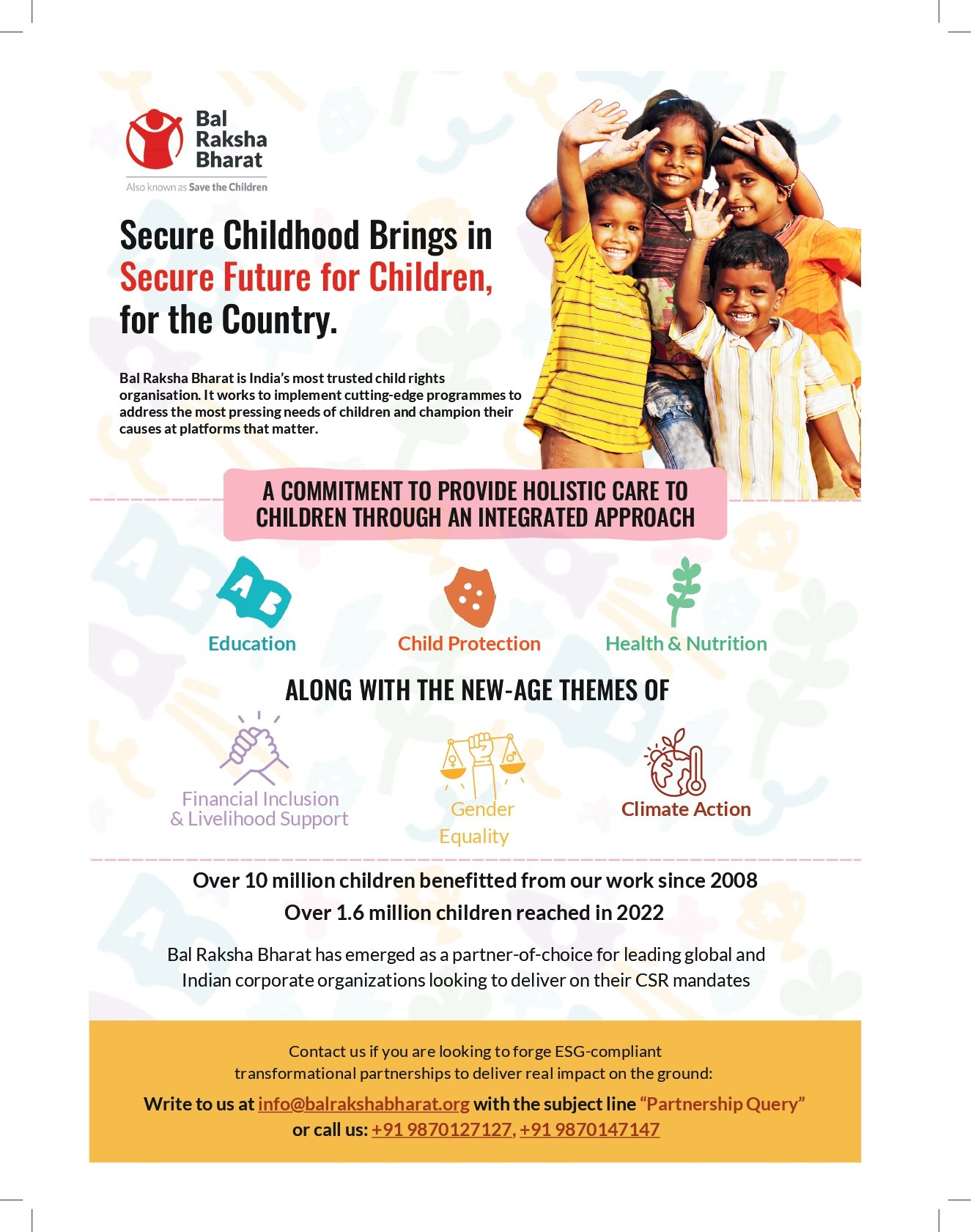Urging small yet mighty steps to Sanitation
An integral part of good public health is access to toilets. The hummingbird is the symbol for 2023 for World Water Day and World Toilet Day.

Ancient folklore has the tale of a hummingbird carrying droplets of water to fight fires and even though the actions are small it contributes effectively to a larger picture and resolves a big problem. The theme of placing a hummingbird seeks to inspire people to take up personal or individual actions however small they may be and help improve the sanitation systems of which toilets form a crucial aspect. This is also working towards the compliance of Sustainable Development Goal 6: safe toilets and water for all by 2030.
Although Governments and Institutions are doing their bit, to contribute to this particular SDG, individual contributions can surely speed up the process. Access to safe toilets will be a boost for the poorest people and women and girls in particular. They are the section of society that has poor health, missed education loss of productivity, and insecurity in general.
The theme of World Toilet Day 2023 – the hummingbird is all set to inspire people to take small and simple actions to accelerate change for the larger good. Statistics reveal that nearly 3,5 billion people in the world are living without safe toilets. There are game changers, however, who are putting in their best to make a difference. To name a few, there is a Nepalese woman who prompted her village to change hygiene, there is a group of young people in Kenya who are driving sanitation and in 2022 UNICEF launched a fresh game plan. Achieving clean water and sanitation is on the agenda for proactive individuals and organizations. Award-winning eco-toilets have also been initiated around the world.
This day is significant since it marks the critical importance of sanitation and adequate toilet facilities. A Simple and basic necessity like safe toilets and good sanitation, impact human health, dignity, and sustainable development to a large extent and pose a big threat if not addressed soon and effectively. Data released by WHO/UNICEF 2019 reveals 2 billion people worldwide use drinking water sources that are contaminated by feces. A 2020 WHO/UNICEF figure shows that nearly half of the world’s schools do not have basic handwashing and soap facilities. Health and dignity are imperatives that emerge from the construction of good latrines. People remain healthy and are exposed to minimum risks of diarrhea, typhoid, and other waterborne and hygiene-related diseases through proper access to handwashing and toilets.
Apart from the regular access to basic toilet facilities, ravages of nature like floods, and earthquakes also add to the criticality of achieving safe and proper hygiene A closer look at SDG 6 -Clean Water and Sanitation reveals:
- Achieving universal and equitable access to safe, affordable drinking water and adequate sanitation and hygiene for all
- Improving the water quality by reducing pollution
- Increasing recycling and safe reuse on a global scale
- Supporting and strengthening the participation of local communities in the improvement of water and sanitation management.
Data from the UN lays an estimate of 2.2 billion people who are currently lacking access to safely managed drinking water and the basic facilities of handwashing, a total of 3.5 billion still lack safely managed sanitation.
Some vital messages that emerge on World Toilet Day are:
- We have just seven years for the world to work on an average of five times faster to meet the sanitation SDG 6 target of safe toilets and water for all by the year 2030.
- Sanitation and drinking water form a part of the crucial human rights of people and basic access to these facilities is important for people and the environment.
- Nearly 7000 people have committed to taking water and sanitation-related actions to accelerate change and further the objectives of SDG 6
- The alarming figure of 3.5 billion people who live without having access to sustainable or safely managed sanitation, comprises 1000 children under the age of five who die every day on account of diseases related to unsafe water, hygiene, and sanitation.
- Without access to proper sanitation people are compelled to use open defection and inadequate and unreliable toilet facilities. In existing toilets, there is the problem of overflows and leaks from pipes and the septic systems. There is also dumping and untreated human waste that leaks into the environment and gives rise to diseases like cholera and intestinal worms.
- The UN made a bid to prioritize global development around the topic of sanitation and with that in mind designated 19th November as World Toilet Day.
- A resolution declaring “Sanitation for All “day was adopted on 24th July 2013, and all UN member states and stakeholders were urged to encourage behavioral change and implement policies that increased access to sanitation among the poor. Open-air defecation was proposed to be completely stopped since it posed a severe health hazard too.
- Toilets made the basic dignity of women and girls available as their right to privacy was reinstated and their threats of rape and sexual assault on account of public and open defecation were considerably minimized.
- This resolution calls for countries, civil society, and non-governmental organizations to look at sanitation in a broader context. The promotion of hygiene, basic sanitation services sewerage, and wastewater treatment was also deemed as topics to be worked upon and awareness created on the same.
- A total of 3.5 billion still lack safely managed sanitation. The World Toilet Day is all about inspiring action globally, for people to tackle the basic challenges of global sanitation. It was established in 2001 by the World Toilet Organization and officially adopted by the United Nations Observance in 2013.
While the theme for 2023 is accelerating change and the 2024 theme will be leveraging water for peace, listed below are a few of the previous annual themes-2022: Sustainable Sanitation and Groundwater
2021: Valuing Toilets
2020: Sustainable Sanitation and Climate Change
2019: World Toilet Day | Leaving No One Behind
2018: When nature calls
2017: Wastewater
2016: Toilets and Jobs
2015: Toilets and Nutrition
2014: Equality and Dignity In the future, in 2024 – the campaign will further the cooperation on sanitation and water as a tool for peace.
In the future, in 2024 – the campaign will further the cooperation on sanitation and water as a tool for peace.
The year 2025 in keeping with the International Year of Glacier Preservation focuses on glaciers.
The year 2026 will focus on water and sanitation and its role in gender equality.
The year 2027 has been slated to explore the connection that exists between sanitation, health, and water.
What does emerge distinctly though is that sanitation is a global crisis and while steps are being taken to resolve and address this as well as move closer to SDG -6, this remains a mammoth and herculean task which still leaves a lot to be achieved.



































